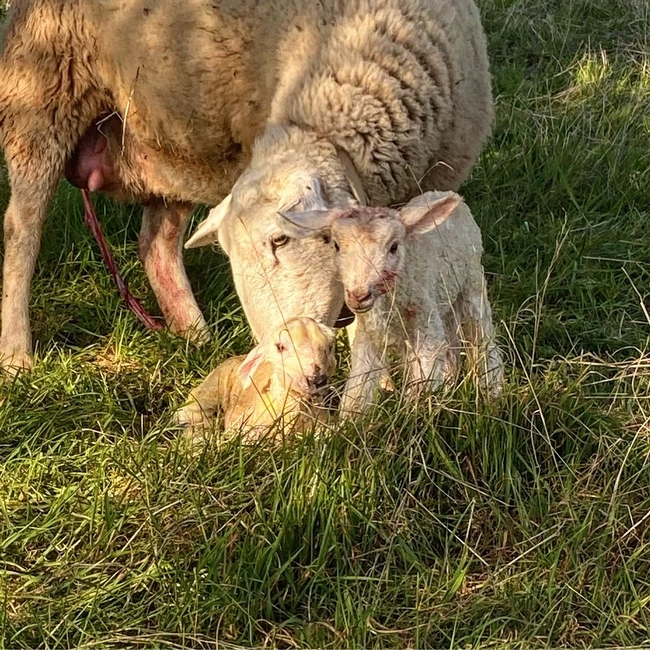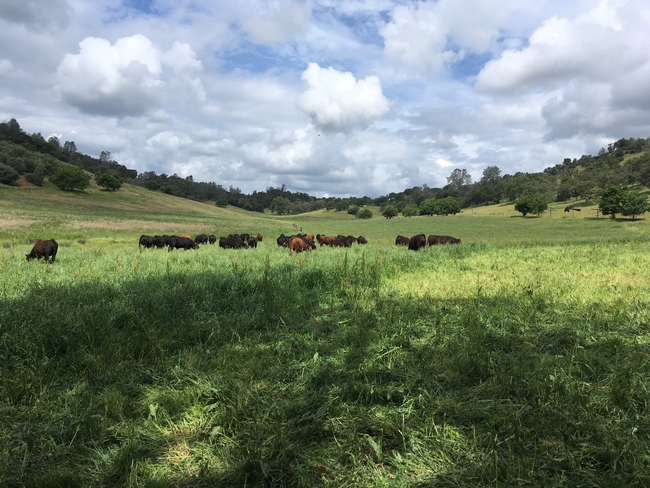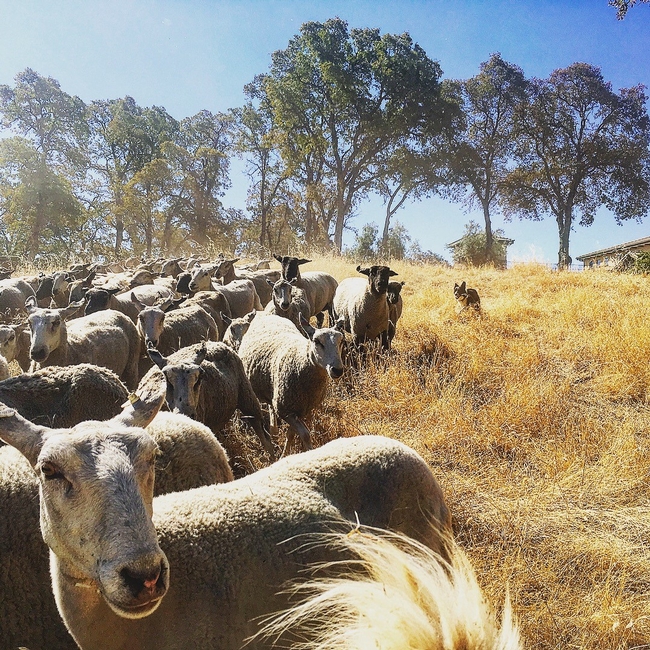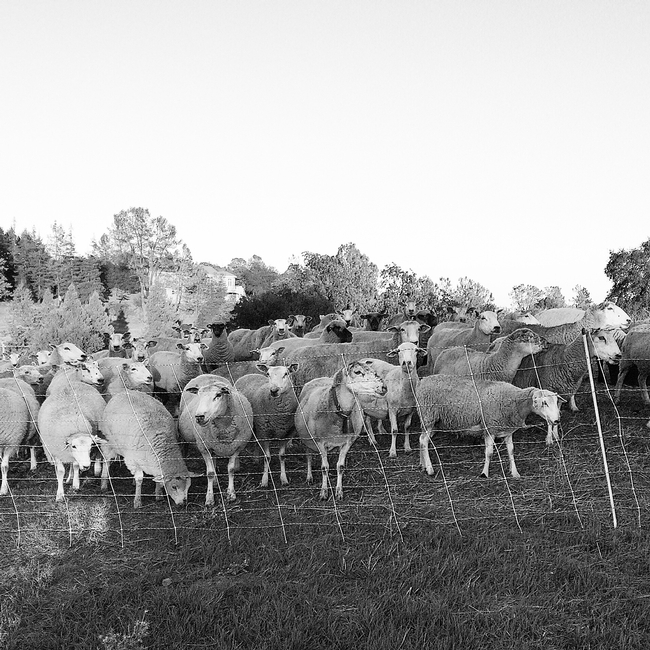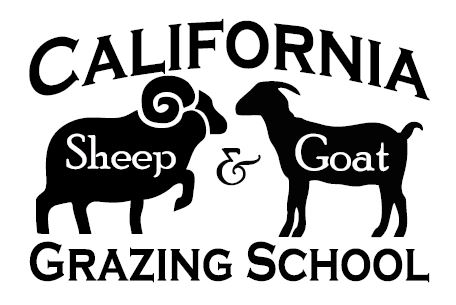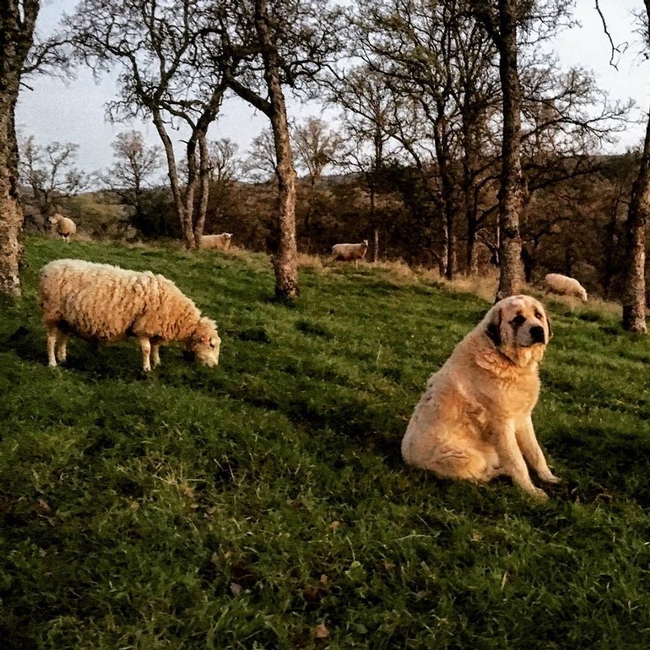- Author: Daniel K Macon
Later this month, the USDA's National Animal Health Monitoring System (NAHMS) will kick off its fourth national study of the U.S. sheep industry. This project is entirely voluntary on the part of producers, and will provide the industry with critical information about high priority animal health and management issues. I hope you'll consider participating!
According to NAHMS, the study has five primary objectives:
- Describe the occurrence of common, economically important sheep diseases, as well as management and biosecurity practices associated with those diseases;
- Describe antimicrobial (antibiotic) stewardship on sheep operations and estimate the prevalence of enteric microbes and antimicrobial resistance patterns;
- Describe producer practices regarding internal parasite control and dewormer resistance;
- Describe changes in animal health, nutrition, and management practices in the U.S. sheep industry since 1996; and
- Provide serum to include in the serologic bank for future research.
In Phase I (January-February 2024) of the study, the National Agricultural Statistics Service will contact selected producers to complete a general sheep management questionnaire. These producers will also have an opportunity to participate in additional research activities.
During Phase II (April-July 2024), a subset of these producers will be contacted by USDA's Veterinary Services to complete a more detailed questionnaire and provide biological samples, including
- Fecal Parasite Test: Fecal egg counts on a composit sample will provide information about parasite burden. Select operations will also be examined for dewormer effectiveness.
- Enteric Microbe Test: Detection and antimicrobial susceptibility testing of Salmonella, E. coli, and Campylobacter in your sheep.
- Lameness Pathogens Test: Swabs will be tested for lameness pathogens on the operation.
If your operation is selected for these tests, you'll receive individualized reports for each category (these tests would cost more than $3,000 if you had to have your own veterinarian conduct them). The results will also be used to help build our understanding about key sheep health issues. From an extension perspective, these results will help me focus future workshops and materials around the issues that matter most to commercial producers! And again, your privacy will be protected - participation is entirely voluntary, and no data will be reported in any way that could reveal the identity of a participant.
I hope you'll participate! For more information, check out the NAHMS sheep study webpage!
- Author: Dan Macon
Register now for the Sierra Foothills Cattle & Sheep Grazing School!
If you look back far enough in the histories of most foothill cattle operations, you'll find... SHEEP! Believe it or not, many long-time cattle operations also had sheep at one time. And today, there's increased interest in using multi-species grazing as a risk management and diversification tool!
If you're interested in learning more about managing both sheep and cattle on rangeland or pasture, sign up for the Sierra Foothills Cattle & Sheep Grazing School, July 14-15, 2022, in Auburn, California! This two-day school will include information - and hands-on experience - in grazing planning, estimating carrying capacity, fencing systems, stockmanship and husbandry practices, cattle and sheep nutrition, and economics! Our instructors include Dan Macon (UCCE Livestock and Natural Resources Advisor), Joe Fischer (Bruin Ranch), and Ryan Mahoney (R. Emigh Livestock). Every student will have an opportunity to graze both sheep and cattle!
Tuition for the 2-day program is $200, which includes meals and course materials. Producer scholarships are available through Sierra Harvest.
For more information, contact me at dmacon@ucanr.edu or (530) 889-7385. Let's get out there and graze!
- Author: Dan Macon
September 14-15, 2018
UCCE - Auburn
11477 E Avenue, Auburn, California 95603
This two-day, hands-on grazing school will provide participants with practical, field-based experience in applying the principles of managed grazing on rangeland, brushland and irrigated pasture. Working in teams, participants will learn to estimate carrying capacity and graze periods, develop grazing plans and monitoring systems, and create drought and predator protection plans.
Day 1 (Friday, September 14 - 8 a.m. - 8 p.m.)
- Principles of Managed Grazing
- Sheep Husbandry Basics (electric fence, carrying capacity, stockmanship, sheep husbandry, etc.)
- Setting up a 24-hour Graze (field activity)
- Goat Husbandry Basics)
- Matching Production Calendars to Forage Calendars
- Controlling Internal Parasites
- Dinner and Panel Discussion
Day 2 (Saturday, September 15 - 8 a.m. - 5:30 p.m.)
- Sheep and Goat Nutrition
- Pasture and Range Ecology (field activity)
- Grazing Planning and Monitoring
- Pasture Walk and Assessment
- Targeted Grazing
- Livestock Protection Tools
Cost: $200 (includes breakfast, lunch and dinner on Day 1; breakfast and lunch on Day 2). Also includes all course materials. No refunds - your payment guarantees your space.
Hotels are available in Auburn.
Click here to register online!
For more information:
Dan Macon
(530) 889-7385
- Author: Dan Macon
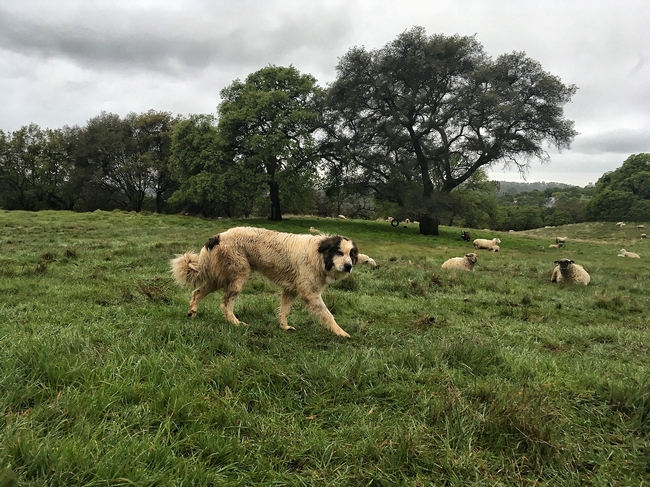
In "A Livestock Guardian Dog by Any Other Name: Similar Response to Wolves Across Livestock Guardian Dog Breeds," authors Dan Kinka of Utah State University and Julie Young of the Wildlife Services National Wildlife Research Center compare several new (to the United States) breeds of LGDs with the typical American "whitedog" (Great Pyrenees, Akbash, Anatolian, Maremma, and crosses of these breeds). Some producers believe that because the American whitedog breeds were initially selected to protect small ruminants from coyotes, they may not be well suited to deterring larger predators (especially gray wolves and grizzly bears). As part of the study, Kinka and Young imported kangals from Turkey, karakachans from Bulgaria, and cao de gado transmontanos from Portugal. These breeds were selected because they were typically used in their home countries to protect livestock from wolves and European brown bears - and they were considered to be human-friendly. The imported dogs were placed with sheep ranchers in Idaho, Montana, Oregon, Washington and Wyoming. The whitedogs used by these operations were considered to be a single control breed for the purposes of the study.
The study included direct observation of behavior during normal ranch operations, as well a decoy test designed to simulate mule deer and wolf encounters. Kinka and Young recorded five behavior components (activity, posture, vocalization, proximity to livestock, and out-of-view to the observer). Within these components a number of specific behaviors were documented (like scanning, investigation, vigilance, chasing, etc.).
While the authors noted some subtle differences in behavior and responses to simulated wildlife encounters between breeds, they noted "that kangals, karakachans, transmontanos and whitedogs spent equivalent proportions of time in most behaviors during both baseline sampling and simulated wolf encounters." They also found that LGD age and time of day influenced LGD behavior and that sex had no effect on any behavior - observations I've made with my own LGDs. For example, our LGDs always seem to be much more active and vigilant at dusk than during the middle of the day. Ultimately, the authors suggest, "the homogeneity of behavioral data for multiple LGD breeds suggests that regardless of breed, LGDs operate in much the same way. As such, breed may be a less important predictor of a 'good dog' than often suggested."
So what makes a good dog? Obviously, this definition varies from one operation to the next based on context. In our operation, a good dog needs to stay with our sheep, inside our electro-net fencing. A good dog shouldn't chew on or chase (or kill!) the livestock it is protecting. A good dog should be reasonably friendly with people but prefer the company of sheep. And good dog should deter coyotes, mountain lions, black bears and other minor predators in our environment.
If wolves continue to move south, I suspect my definition of a good dog might evolve. I know ranchers in the northern Rocky Mountains who are using larger dogs (including some of the breeds evaluated in this study). A large-scale targeted grazing contractor who has grazed sheep and goats in wolf territory in Montana and Idaho swears by intact male whitedogs. Last week, I visited a sheep permittee as they turned out onto a Tahoe National Forest grazing allotment approximately 12 miles northeast of where the California Department of Fish and Wildlife detected a GPS-collared wolf in early June. The ranch manager indicated he'd be adding more dogs to each of his two bands of sheep. For those of us in California, wolves are a wild card - our dogs have never had to contend with a large, pack-hunting predator.
While formal research on the behavioral attributes of successful LGDs is critical, we also need to share our on-the-ground experiences! What do you look for in an LGD in your operation? Do you use different dogs for different situations? I suspect each of us will have a slightly different answer to these questions! I hope you'll join in this conversation!
Reference
Kinka, D., Young, J.K., A Livestock Guardian Dog by Any Other Name: Similar Response to Wolves Across Livestock Guardian Dog Breeds, (2018), https://doi.org/10.1016/j.rama.2018.03.004
- Author: Dan Macon
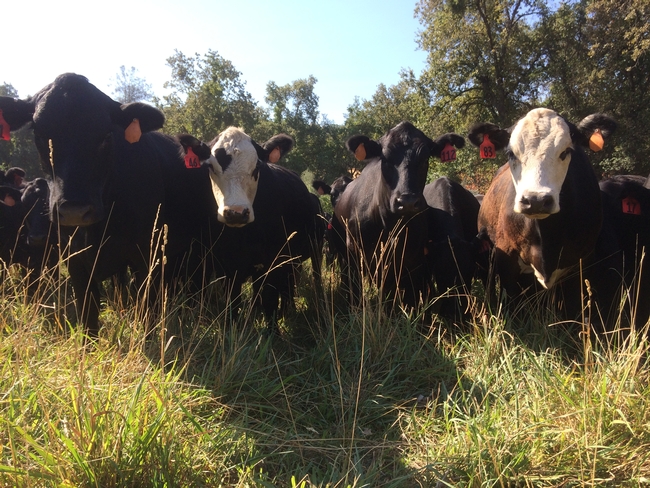
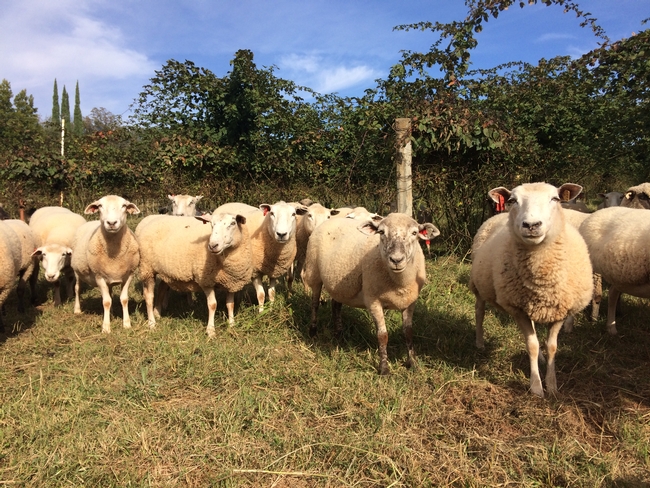
A number of larger ranching operations in the Sacramento Delta have been grazing sheep and cattle together on a large scale with promising results. Typically, a rangeland manager (like me) would suggest that one cow equals five sheep in terms of stocking rate; in other words, for every five sheep a rancher adds to a pasture, he or she would have to remove one cow. The ranchers in the Delta, however, are finding that this ratio doesn't necessarily hold. Ryan Mahoney of Emigh Livestock, for example, reports that he can increase the stocking rate on his pastures by grazing sheep and cattle - without over-utilizing the pastures.
But what about animal performance? Obviously, the point of any commercial grazing operation is to put pounds on livestock or to produce offspring. I recently came across a 2001 paper in Proceedings, Western Section, American Society of Animal Science by B.C. Glidewell (of the USDA Agricultural Research Service in Oklahoma), J.C. Mosely (of Montana State University) and J.W. Walker (of the Texas Agricultural Experiment Station). In an experiment conducted at the U.S. Sheep Experiment Station near Dubois, Idaho, the authors compared the diets and average daily gains (ADG) of yearling Columbia ewes and yearling crossbred steers in four treatments:
- Cattle alone
- Sheep alone
- 75% cattle / 25% sheep
- 50% cattle / 50% sheep
Paddock size varied to keep stocking rate constant between treatments. Fecal samples were used to determine the botanical composition of sheep and cattle diets during the 28-day grazing periods.
Keep in mind that the experiment was conducted on a vastly different range type than the annual rangelands and irrigated pastures in our foothill and Sacramento Valley regions. However, the analysis of dietary preferences suggests more dietary overlap that I would have expected. The diets of both were grass-dominated (see Table 1).
| Livestock | % Grass | % Forbs | % Shrubs |
| Cattle | 80% | 19% | 1% |
| Sheep | 76% | 22% | 2% |
Table 1: Dietary Preferences
When sheep and cattle grazed together, dietary overlap averaged 86%. These findings were consistent with other research conducted on similar forage types in eastern Oregon (Vavra and Sneva 1978), which found dietary overlap of 78-86%. They differed from results in western North Dakota (Kirby et al. 1988), which found 30-35% overlap. The nutritive quality of sheep and cattle diets (as measured by the percent of crude protein (CP) and neutral detergent fiber(NDF)) did vary by treatment. Cattle diets were less fibrous when they grazed with sheep (that is, they were lower in %NDF), likely because cattle ate less grass due to competition with the sheep.
Steer performance (measured in ADG) did not vary significantly among treatments, but did trend higher as the proportion of sheep increased. Similarly, the performance of the yearling ewes in the trial trended higher when sheep grazed with cattle.
The authors also compared total gain per hectare (roughly 2.5 acres). As you might expect, total gain per hectare was related to growing-season precipitation in eastern Idaho. Interestingly, total gain by hectare also seemed to be related to the combination of sheep and cattle. In a wet year, multi-species grazing produced more pounds of livestock per hectare than cattle grazing alone. In a dry year, multi-species grazing produced as much gain per hectare as cattle grazing alone. The authors suggest that over the long term, at least in eastern Idaho, gain per unit of rangeland should increase by grazing cattle and sheep together.
Obviously, multi-species grazing won't fit every operation. Sheep and cattle often require different working facilities, fences, and management skills. However, as ranchers in the Delta are finding anecdotally, grazing cattle and sheep together may actually increase production from a given pasture. We should consider doing a similar study on annual rangelands and irrigated pasture!
Here's the complete reference to the paper:
Glidewell, B.C., J.C. Mosley, and J.W. Walker. 2001. Sheep and cattle response when grazed together on sagebrush-grass rangeland. Proceedings, Western Section, American Society of Animal Science. 52: 156-159.


